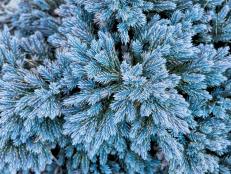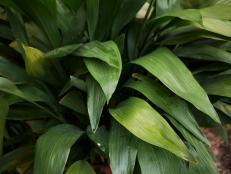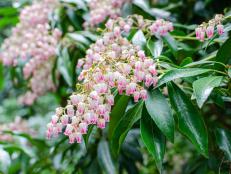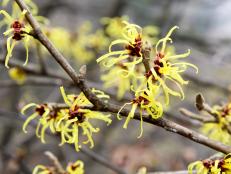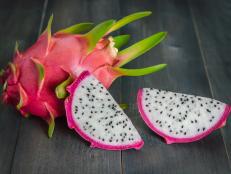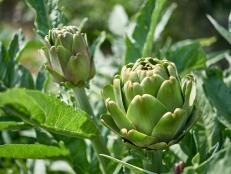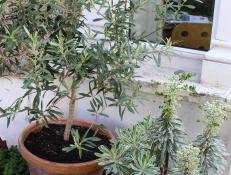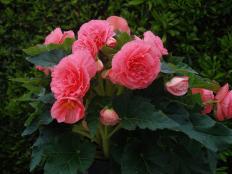Fabulous False Cypress


Courtesy Bailey Nurseries
If you want to add texture and interest to your garden in all four seasons, consider false cypress. These conifers come in attractive colors, and many cultivars have small, overlapping, scale-like foliage that gives them a handsome, layered look.
Botanically speaking, false cypress, or Chamaecyparis, belong to the Cupressaceae family. Sometimes you'll see their name spelled as 'falsecypress.' Although they're considered evergreens, false cypress aren't always green. Their foliage may be gold, dark green, yellow, lime, blue-gray, silvery-blue or other colors.
Natives of eastern Asia and parts of the U.S., false cypress are easy to grow and need little pruning or other maintenance. Try them in mixed borders or as specimen plants. Some will grow tall and wide enough to use as hedges or screens for privacy, while others are low-growing and useful in rock gardens. If you're willing to put in the time and effort, some cultivars can even be kept and shaped as bonsai.
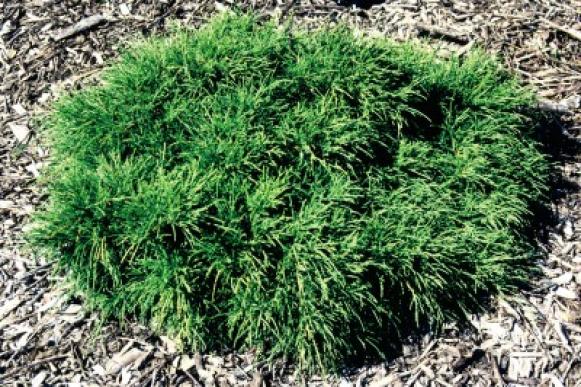
Courtesy Bailey Nurseries
Many false cypress can grow in part shade to sun, but their colors are usually at their brightest and best in full sun. Once established, the plants tolerate heat and even brief periods of drought (prolonged dry spells can be fatal). They're undemanding when it comes to soil, although they prefer moist, neutral to slightly acidic soil that drains easily.
Like most evergreens, false cypress need protection from winter winds, which can dry them out and cause the foliage to die back.
False cypress have smaller, rounded cones than true cypress, and fewer seeds. Although some sources recognize 7 or 8 species, common species include:
- C. obtusa, also called Hinoki false cypress. This Japanese native is a good choice for the midwestern U.S.
- C. nootkatensis, or Nootka false cypress. Also known as yellow cypress or Sitka cypress, these plants are native from coastal Alaska to Washington. In the wild, trees can reach 60 to 90 feet tall. While some varieties are grown as ornamentals, Nootkas are primarily valued as timber.
- C. pisifera, commonly called Sawara false cypress. These natives of Japan have threadlike foliage. They can be cultivated to stay 20 to 30 feet tall, although they grow 50 to 70 feet tall in the wild.
- C. formosensis, or Formosan false cypress. Uncommon outside its native Taiwan, this false cypress has been over-harvested to build temples and shrines, and the species is now considered endangered.
- C. lawsoniana. Sometimes referred to as ginger pine, and used as lumber, this is the largest species of false cypress.
- C. thyoides, or Atlantic white cedar. Beause it grows in swamps and bogs, this species is also known as swamp cedar and southern white-cedar. A coastal native from southern Maine to northern Florida, and as far west as south Mississippi, it's valued as a lightweight timber and can be used as an ornamental.
Fabulous False Cypress for Your Garden or Landscape:
'Spirited Hinoki' (C. obtusa) - Hardy in zones 5 to 8, this false cypress has lacy, golden green foliage that resists burning even in intense summer sunlight. It grows about 7 feet tall with a 3-foot spread and makes a good addition to rock gardens.
'Mikko' (C. pisifera) - A slow growing variety that tops out at 4 to 5 feet tall, 'Mikko' has pale, blue-green foliage. In the summer, the tips of the feathery foliage turn white, almost as if they've been frosted. The "frosting" disappears as the temperatures drop in fall and winter. The plants need shade from the hot afternoon sun; too much light will burn them. 'Mikko' is hardy in zones 4 to 8 and should be well-mulched to help retain moisture in the soil.
'Blue Fuzzy Dwarf' (C. pisifera) - Give this relatively fast-growing variety full sun to part shade to enhance its soft, silvery-blue foliage. In cold regions, the colors may temporarily deepen to a purple-bronze. Use it in groups or as an accent plant; it matures at 5 to 7 feet tall. It's hardy in zones 4 to 9.
'Gold Cripsii' (C. obtusa) - This relative of the standard 'Cripsii' has a pyramidal growth habit and bright gold foliage that becomes green at the plant's center. If not grown in full sun, the color turns lime green. Hardy in zones 4 to 8, 'Gold Cripsii' is a moderately fast grower that works well as a specimen tree, growing 10 to 15 feet tall with a 6 to 10 foot spread.






